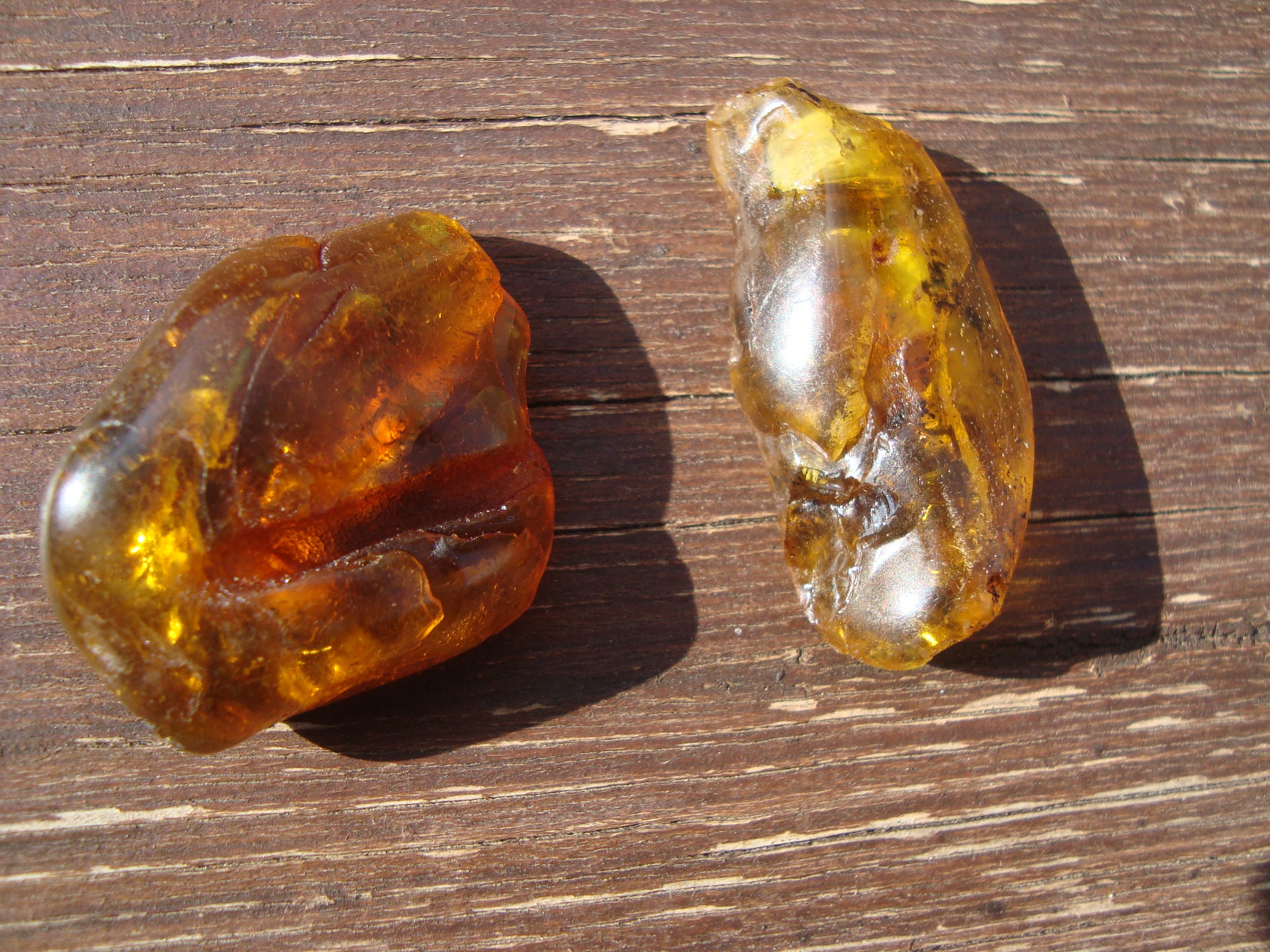Media release
From:
Amber deposits may hold traces of ancient tsunamis
Amber deposits found in ancient deep-sea sediment may represent one of the oldest records to date of a tsunami, suggests research published in Scientific Reports. The study describes large amber deposits discovered on Hokkaido Island in northern Japan, and proposes that they were likely swept out from a forest to the ocean by one or more tsunamis between 116 and 114 million years ago.
Traces of ancient tsunamis are hard to identify, as the waves can reshape coastlines and the deposits they leave can be difficult to distinguish from those caused by other high-energy events, such as storms. However, amber (fossilised tree resin), formed on land and transported to the ocean, could provide a record of tsunami events, with changes to the structure of the deposits suggesting physical processes that they were subjected to during this relocation.
Aya Kubota and colleagues analysed amber-rich silica deposits from Shimonakagawa Quarry in northern Hokkaido that were deposited approximately 115 million years ago in the early Cretaceous, while the region was on the deep sea floor. Through fluorescence imaging, the authors observed that the amber samples are distinctly deformed with so-called flame structures, which form when amber is still soft when deposited and changes shape before fully hardening. The authors suggest that this indicates that a large amount of the amber was rapidly swept out from the land to the open ocean by the backwash from one or more tsunamis, with limited exposure to the air. The amber then sank to the sea floor where it was covered by a layer of silt and preserved.
The authors suggest that other sediments originating on land and transported to open waters may be useful for investigating major ancient destructive events such as tsunamis.



 International
International



